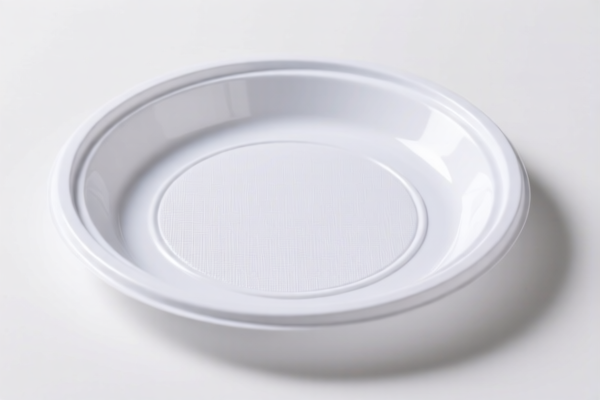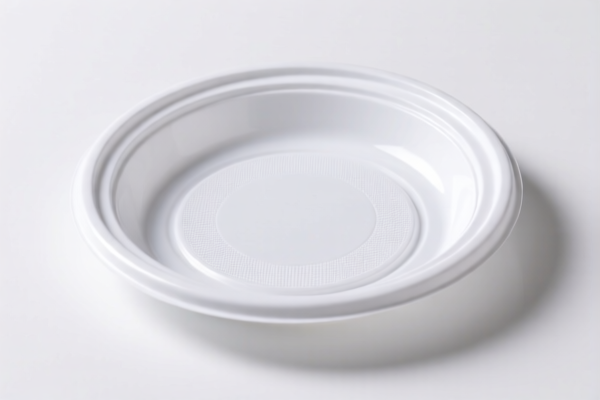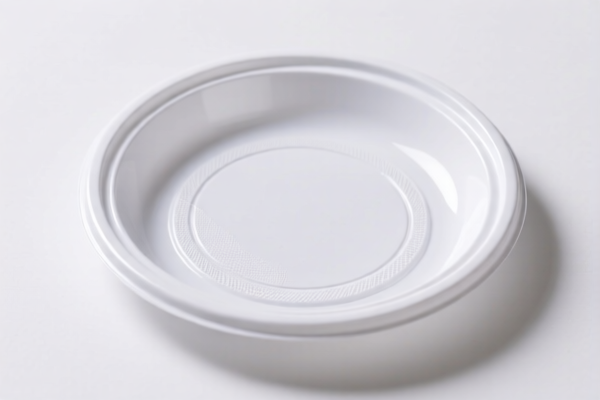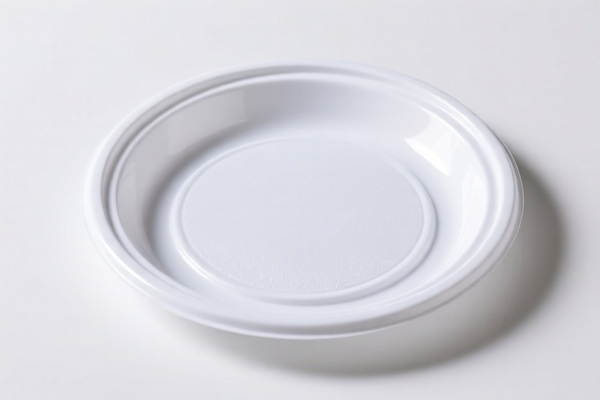| HS Code | Official Doc | Tariff Rate | Origin | Destination | Effective Date |
|---|---|---|---|---|---|
| 3926909950 | Doc | 42.8% | CN | US | 2025-05-12 |
| 3926901000 | Doc | 40.9% | CN | US | 2025-05-12 |
| 3918105000 | Doc | 59.2% | CN | US | 2025-05-12 |
| 3918905000 | Doc | 59.2% | CN | US | 2025-05-12 |
| 8304000000 | Doc | 33.9% | CN | US | 2025-05-12 |
| 9403704015 | Doc | 55.0% | CN | US | 2025-05-12 |
| 9403704031 | Doc | 55.0% | CN | US | 2025-05-12 |
| 6304996020 | Doc | 33.2% | CN | US | 2025-05-12 |
| 6304996040 | Doc | 33.2% | CN | US | 2025-05-12 |
| 9404909670 | Doc | 37.3% | CN | US | 2025-05-12 |
| 9404409023 | Doc | 42.8% | CN | US | 2025-05-12 |
| 9620005000 | Doc | 60.3% | CN | US | 2025-05-12 |
| 9602005080 | Doc | 40.2% | CN | US | 2025-05-12 |
| 3503005550 | Doc | 2.8¢/kg + 3.8%+37.5% | CN | US | 2025-05-12 |




Plastic Faceplate
A plastic faceplate is a protective or decorative covering typically constructed from various plastic materials, designed to cover and often enhance the functionality of underlying components or surfaces. Its applications span a broad range of industries and products.
Materials
Common plastics used in faceplate manufacturing include:
- Acrylic (PMMA): Offers high clarity, weather resistance, and scratch resistance. Frequently used where visibility is important.
- Polycarbonate (PC): Known for its high impact resistance and temperature tolerance. Suitable for applications requiring durability.
- ABS (Acrylonitrile Butadiene Styrene): A versatile thermoplastic offering good impact resistance, rigidity, and chemical resistance. Often used for housings and panels.
- Polypropylene (PP): Lightweight and resistant to many chemicals, often used for less demanding applications.
- Polyethylene (PE): Flexible and cost-effective, suitable for lower-stress applications.
- Thermoplastic Polyurethane (TPU): Flexible, abrasion-resistant, and provides good grip.
Purpose & Function
The primary functions of a plastic faceplate include:
- Protection: Shields underlying components from physical damage, dust, moisture, and other environmental factors.
- Aesthetics: Provides a visually appealing surface, available in various colors, textures, and finishes.
- User Interface: Often incorporates buttons, switches, displays, or touch-sensitive areas for user interaction.
- Sealing: Can create a sealed environment to protect sensitive electronics or maintain specific operating conditions.
- Branding: Facilitates the integration of logos, graphics, and other branding elements.
Usage Scenarios
Plastic faceplates are found in a diverse array of applications:
- Electronics: Covering for control panels, instrument displays, handheld devices, and remote controls.
- Medical Equipment: Protective covers for diagnostic tools, patient monitoring systems, and surgical instruments.
- Automotive: Interior trim panels, dashboard components, and switch covers.
- Industrial Equipment: Control panel overlays, machine guards, and protective covers for sensors.
- HVAC Systems: Covers for thermostats, control units, and ventilation panels.
- Consumer Products: Housings for appliances, toys, and other consumer goods.
- Point of Sale (POS) Systems: Covers for card readers, keypads, and displays.
Common Types
- Flat Faceplates: Simple, planar covers providing basic protection and aesthetics.
- Bezel Faceplates: Frame-like covers used to enhance the appearance of displays or control panels.
- Integrated Faceplates: Incorporate buttons, switches, displays, or touch sensors directly into the faceplate material.
- Custom Faceplates: Designed and manufactured to specific requirements, often involving complex shapes, cutouts, or features.
- Touchscreen Faceplates: Combine a protective plastic layer with a capacitive or resistive touchscreen.
- Lens Faceplates: Utilize transparent plastics with specific optical properties for applications requiring visibility or light transmission.
Plastic faceplates fall under several potential classifications based on their specific use and composition, as detailed below.
-
3926909950: This HS code covers “Other articles of plastics and articles of other materials of headings 3901 to 3914: Other: Other Face masks and shields, medical positioning or transport pads, medical waste containers or disinfectant wipes dispensers”. If the plastic faceplate is part of a medical face mask or shield, this is the appropriate classification. The total tax rate is 42.8%, comprising a 5.3% base tariff, a 7.5% additional tariff, and a 30.0% additional tariff applicable after April 2, 2025.
-
3926901000: This HS code covers “Other articles of plastics and articles of other materials of headings 3901 to 3914: Other: Buckets and pails”. While not a direct match, if the faceplate is integrated into a bucket or pail structure made of plastic, this code may be applicable. The total tax rate is 40.9%, consisting of a 3.4% base tariff, a 7.5% additional tariff, and a 30.0% additional tariff applicable after April 2, 2025.
-
9620005000: This HS code covers “Monopods, bipods, tripods and similar articles: Other: Of plastics”. If the plastic faceplate is a component of a monopod, bipod, or tripod, this classification is relevant. The total tax rate is 60.3%, comprising a 5.3% base tariff and a 25.0% additional tariff, and a 30.0% additional tariff applicable after April 2, 2025.
It is important to determine the precise function and application of the plastic faceplate to ensure accurate classification. If the faceplate is used in a medical context, HS code 3926909950 is most likely appropriate. If it is part of a supporting structure like a tripod, HS code 9620005000 may be more suitable.
Customer Reviews
No reviews yet.